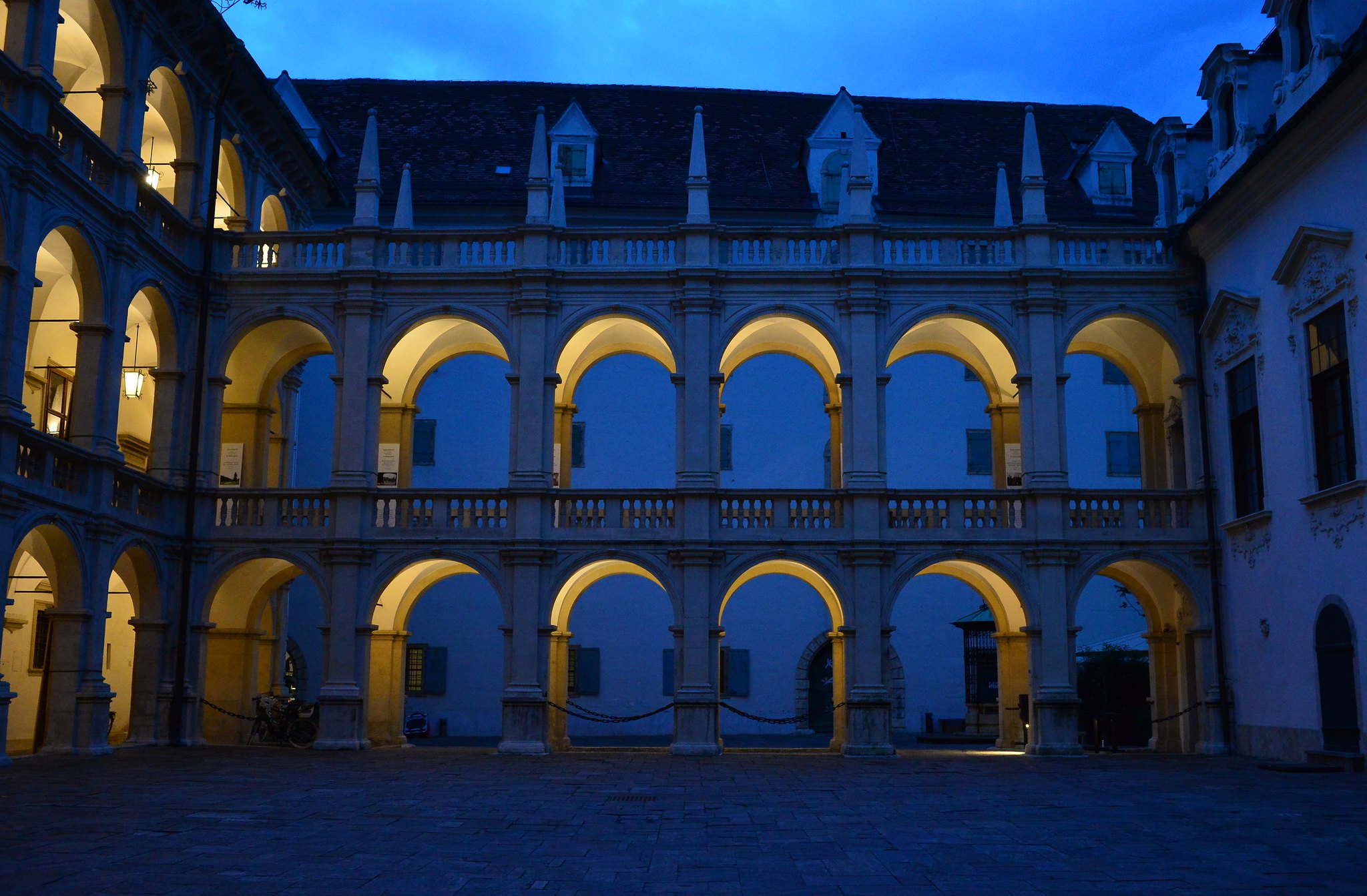Backpacking has been a popular form of travel since the 1960s, when it became popular among young people in Europe and the United States. Backpacking is an inexpensive way to explore different places, cultures, and landscapes while often making friends along the way. It is a form of low-impact, sustainable travel that can be enjoyed by anyone regardless of budget or experience level.
The roots of backpacking trace back even further than the 1960s, though. The concept of traveling with just a few items on your back was developed by nomadic communities from around the world who had no other means to transport their belongings. They would carry all their possessions with them as they migrated from place to place.
The modern idea of backpacking was born out of this ancient practice and initially embraced by outdoor enthusiasts who wanted to explore nature without having to bring too much gear. They began carrying lightweight bags filled with everything they needed for a hike or camping trip in remote areas.
In the 1960s and ‘70s, backpacking gained popularity among young people who were looking for a different kind of adventure. Instead of staying in hotels or resorts, they traveled on shoestring budgets and slept in hostels or campgrounds. Young travelers soon began crossing borders into foreign countries, meeting new people and experiencing new cultures.
Who Started Backpacking?
Backpacking has its roots in ancient nomadic traditions and was adopted by early outdoor enthusiasts. However, it was during the 1960s that it became popular among young people looking for an adventurous way to explore the world on a budget.
Conclusion:
Backpacking is an ancient practice that has been embraced by both outdoor adventurers and budget travelers alike. Despite its varied history, it was during the 1960s that backpacking really took off as a popular form of travel among young people around the world.
